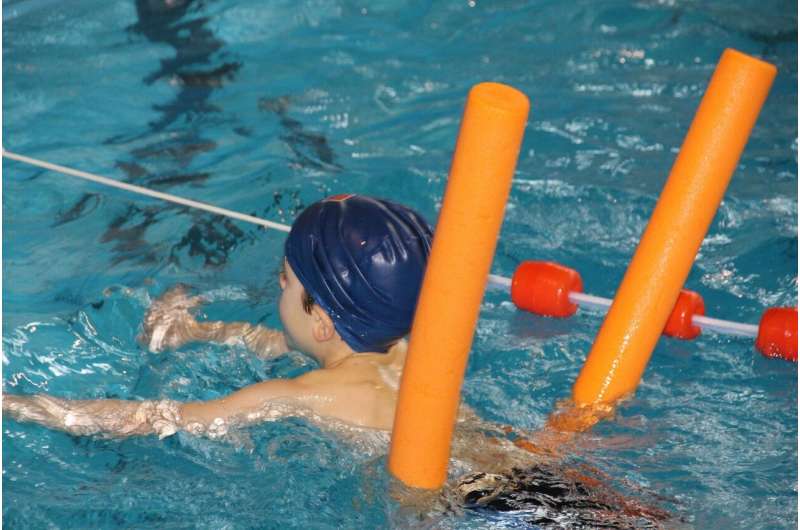Pool Safety: Preventing Drowning Risks When Not Swimming

Learn effective safety measures to prevent drownings in residential pools, including fencing, supervision, and safety equipment, to protect children when it's not swimming time.
Swimming pools can be alluring and seemingly harmless for children, especially when the water's sparkle attracts active toddlers and curious preschoolers. However, these pools pose serious risks even when not in use, making safety measures essential to prevent drownings.
According to the American Academy of Pediatrics, parents should adopt comprehensive strategies to keep children safe around pools and hot tubs throughout the year, whether at home, neighbors, or vacation spots. Studies by the U.S. Consumer Product Safety Commission highlight that a significant percentage of drownings among children under five occur in residential pools, often due to children wandering out of the house unnoticed. Nearly 70% of such children were not expected to be in or near the pool, with many last seen inside the home.
Pool fencing is a highly effective safety feature. Fences should be at least four feet high, with no more than a four-inch gap between slats, and fully enclose the pool area to prevent unsupervised access. The gate should be equipped with a latch placed high enough to be out of children's reach and should be kept locked when the pool isn't in use. Additional safety layers, such as pool alarms, door and gate alarms, and pool covers, can further minimize risk but should complement, not replace, proper fencing.
Parents and caregivers must remain vigilant, even with safety devices in place. Assigning a designated water watcher—someone responsible for continuous supervision of children around water—is crucial. The water watcher should be free of distractions like phones or alcohol and should not rely solely on lifeguards. Wearing life jackets and ensuring children are enrolled in swimming lessons enhances safety, while knowing CPR and emergency procedures can make a life-saving difference.
It’s also important to be cautious when visiting others’ homes. Many drownings happen at friends', relatives', or neighbors’ pools due to absence or lapses in safety precautions. Always check for potential hazards and access points to prevent accidental entries.
In case a child goes missing, checking the pool or spa immediately is vital. Awareness and preparedness are key components of preventing tragic accidents. For more detailed safety guidelines, refer to credible sources and ensure safety measures are consistently maintained.
source: https://medicalxpress.com/news/2025-07-pool-dangers.html
Stay Updated with Mia's Feed
Get the latest health & wellness insights delivered straight to your inbox.
Related Articles
Midlife Weight Loss May Extend Longevity and Reduce Disease Risk, New Study Finds
Losing around 6.5% of body weight during middle age through diet and exercise may significantly reduce disease risk and extend lifespan, according to recent research.
Connecting with Nature May Improve Management of Chronic Back Pain, New Study Finds
Spending time in natural settings can aid individuals with chronic lower back pain by providing distraction, relaxation, and social interaction, with innovations like virtual reality promoting accessibility.
Essential Fire Safety Tips for Families: How to Prevent Burns Around Campfires
Learn essential safety tips to prevent burns and injuries around campfires. Keep your family safe during summer gatherings with expert advice on supervision, fire boundaries, and emergency response.
Healthy Lifestyle Adherence Extends Survival in Prostate Cancer Survivors, Study Finds
Following the American Cancer Society's guidelines on nutrition and physical activity can significantly improve survival rates for prostate cancer survivors by reducing overall and cardiovascular mortality risks.



